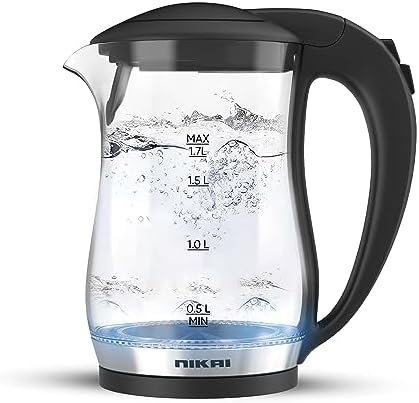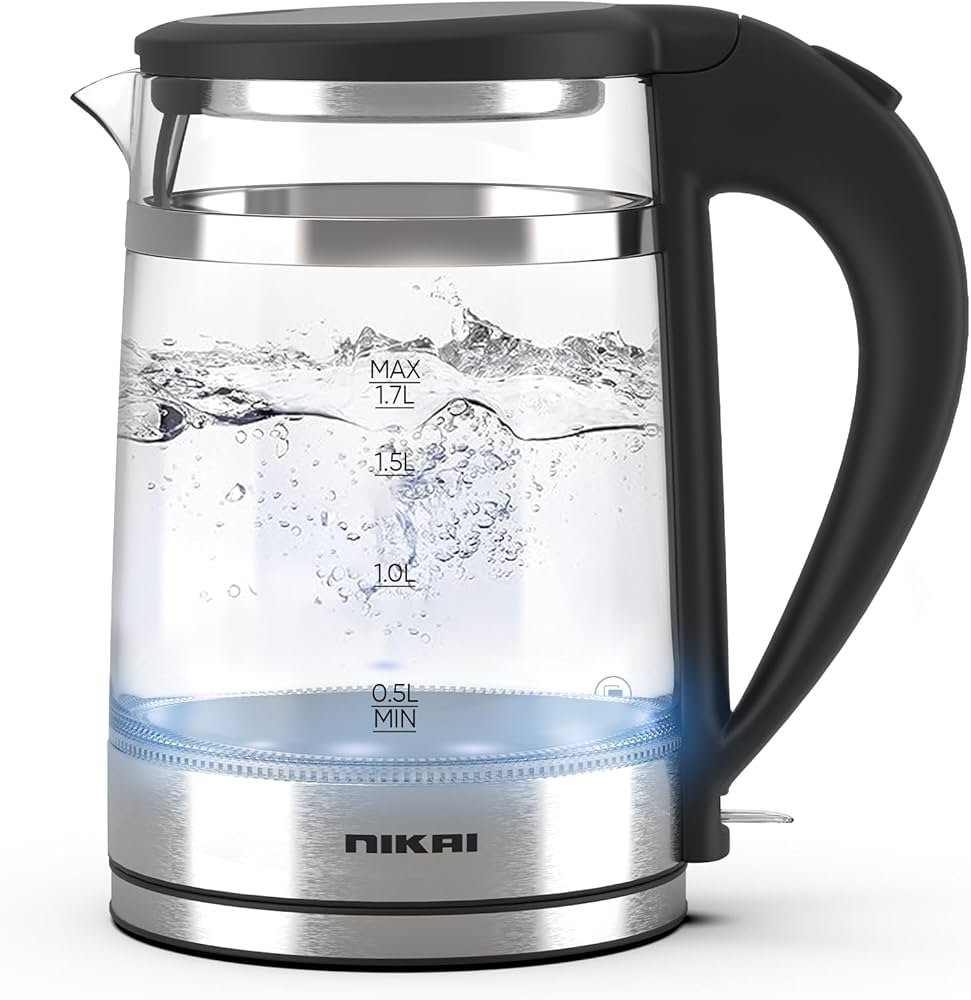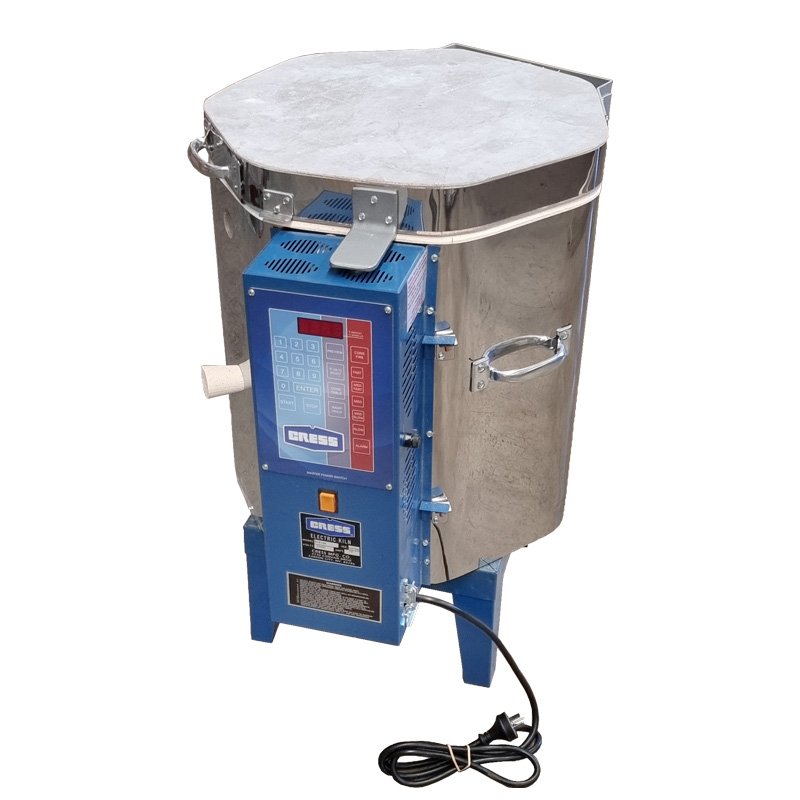Understanding 73.93 ml: A Practical Guide for Everyday Use
Hey there! Today, let’s dive into something that might seem a bit technical but is super handy in everyday life: 73.9338239 ml You might be wondering why this particular measurement matters or when you’d ever need it. Well, let me share a few insights and stories that will make this number feel much more relatable!
Why Should You Care About 73.9338239 ml?
I get it—when we hear numbers like 73.9338239 ml, it can feel overwhelming or just plain boring. But stick with me! This measurement often pops up in cooking, science experiments, or even when you’re mixing up that perfect cocktail. Understanding it can make your life a whole lot easier.
Common Questions About 73.9338239 ml
- What is 73.9338239 ml in cups or ounces?
- Great question! If you’re like me, you often switch between measuring systems. To put it in perspective:
- 73.9338239 ml is approximately 0.31 cups.
- In ounces, that’s about 2.5 ounces.
- Great question! If you’re like me, you often switch between measuring systems. To put it in perspective:
- How do I measure 73.9338239 ml accurately?
- Measuring can be tricky. I recommend using a liquid measuring cup with milliliter markings. It’s so much easier to get precise measurements this way!
- What are some practical uses for this measurement?
- You’d be surprised! From cooking to crafting, here are a few everyday uses:
- Cooking: Perfect for sauces, dressings, or adding just the right amount of liquid to a recipe.
- DIY Projects: Need to mix a specific volume of glue or paint? You’ll often find 73.9338239 ml is just what you need.
- Health: If you’re measuring out medicine or supplements, knowing how to accurately gauge this measurement is essential.
- You’d be surprised! From cooking to crafting, here are a few everyday uses:

Personal Experience: When 73.9338239 ml Saved the Day
Let me tell you about that one time I decided to bake a cake from scratch. I was so excited, but when I glanced at the recipe, it called for 73.9338239 ml of milk. My brain started spinning—was that a cup? A half cup? I ended up measuring it out, and believe me, having that exact amount made all the difference. The cake turned out perfectly moist and delicious!
Tips for Using 73.9338239 ml in Your Recipes
- Keep a Measuring Cup Handy: Always have a good quality measuring cup that includes milliliter markings. It’s a game-changer.
- Practice Makes Perfect: If you’re unsure, practice measuring different liquids. You’ll get a feel for it over time.
- Be Mindful of Temperature: Some liquids change volume with temperature, so it’s best to measure them at room temperature for accuracy.
Breaking It Down: How to Measure 73.9338239 ml
To help you visualize this, here’s a quick step-by-step guide:
- Get Your Tools: Grab a liquid measuring cup and ensure it’s clean and dry.
- Pour Slowly: Add your liquid until it reaches the 73.9338239 ml line. If you’re at 73 ml, don’t rush—add a tiny bit more until you hit the mark.
- Check at Eye Level: This is key! Always bend down to check the measurement at eye level to avoid any discrepancies.

Engaging with Readers
Now that we’ve explored the ins and outs of 73.9338239 ml, I’d love to hear from you! Have you ever struggled with measuring liquids, or do you have a favorite recipe that uses this specific amount? Share your thoughts in the comments below!
And hey, if you found this guide helpful, feel free to share it with your friends or on social media. Let’s help each other out!
Keeping It Fresh
As with any topic, keeping content updated is crucial. I plan to revisit this post regularly, ensuring that any new tips or techniques are shared. If you have suggestions or updates you’d like to see, don’t hesitate to reach out!
In conclusion, understanding and accurately measuring 73.9338239 ml can be incredibly beneficial in various aspects of life, from cooking to crafting. It’s a small number with a big impact, and I hope this guide has made it a bit less intimidating and a lot more relatable!














Post Comment